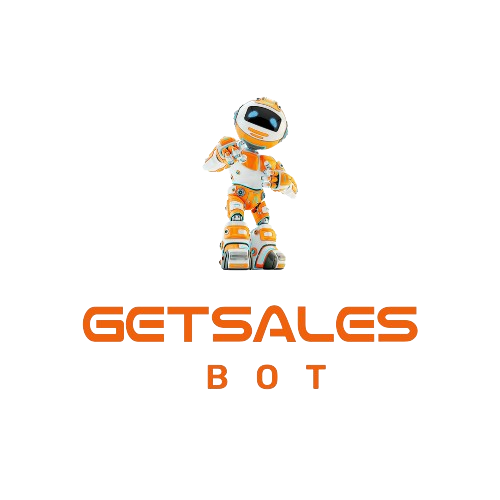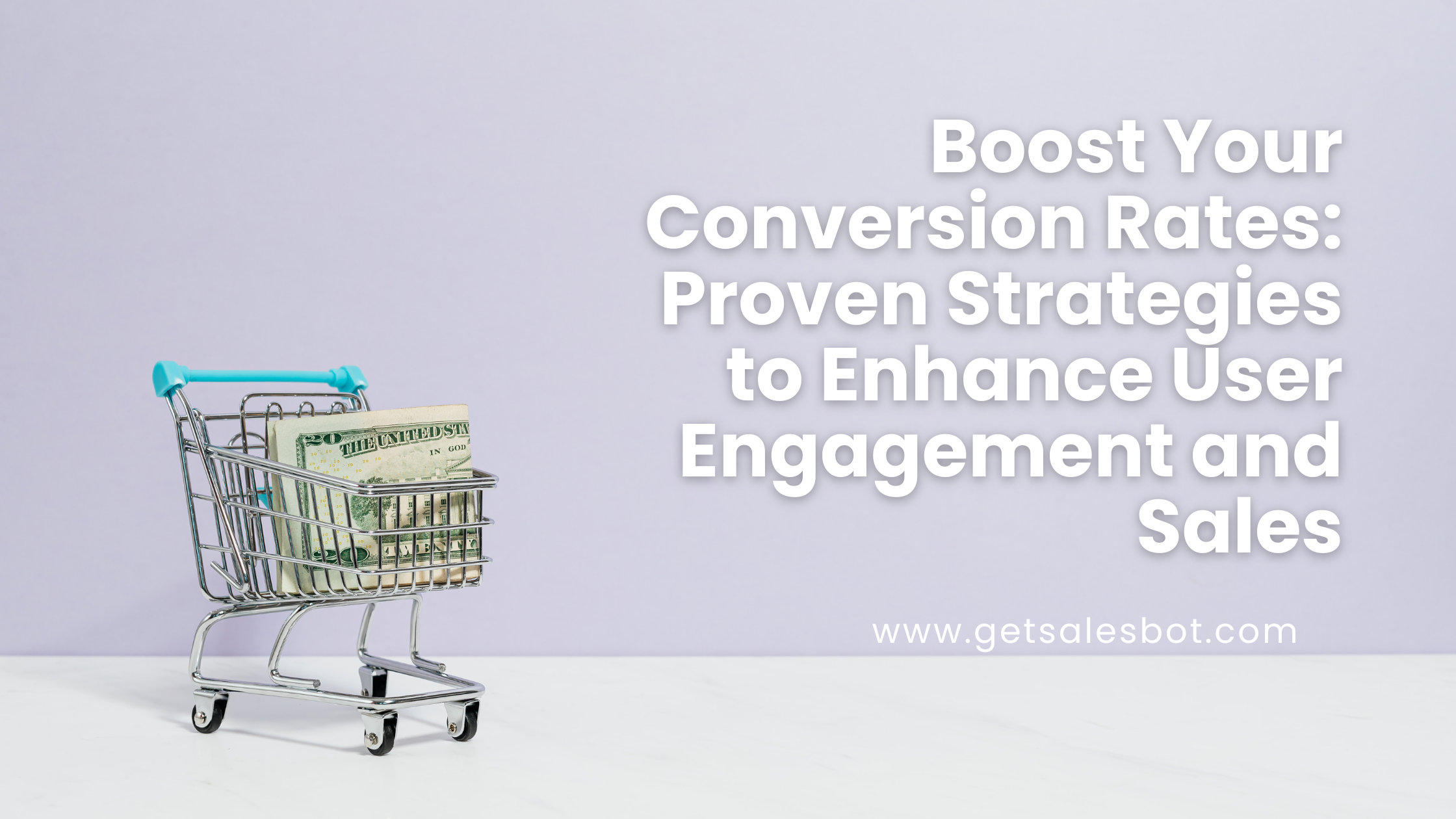When it comes to optimizing your website, every detail matters. From the strategic use of testimonials to the design of your call-to-action (CTA) buttons, these elements can significantly impact your conversion rates. In this post, we’ll explore how you can leverage various tactics to enhance user engagement and drive more sales.
Contents
1. The Power of Social Proof
Social proof is a crucial element in building trust with your audience. It comes in many forms, including testimonials, case studies, user-generated content, and celebrity endorsements. However, not all social proof is created equal.
Testimonial Tips: Avoid generic testimonials like “Great product!” or “Amazing results!” Instead, opt for detailed and specific testimonials that highlight how your product or service solved a particular problem. These should be concise yet informative, offering potential customers a clear picture of the benefits they can expect.
Example: United Water Restoration saw a 177% increase in phone calls and a 27% boost in average session duration by displaying their Google rating prominently on their homepage. The trust factor increased, and visitors were more likely to engage further with the site.
Exit Intent Popups: Teddy Lane implemented an exit intent popup that encouraged hesitant visitors to take action, resulting in a 10% improvement in conversion rates. These popups are particularly effective because they target users who are about to leave the site, offering them a compelling reason to stay.
2. Crafting Effective CTAs
Your CTA buttons are the gateway to conversions. A well-crafted CTA can make all the difference in whether a visitor decides to engage or not.
Customized CTAs: Generic CTAs like “Submit” are less effective than personalized ones. For example, a CTA that says “Learn how to optimize your landing pages” is more engaging and relevant, leading to a 42% higher conversion rate.
Segmented CTAs: Tailoring CTAs based on user segments (e.g., new vs. returning customers) can increase relevance and boost engagement. An action-oriented CTA that excites the user about the next step is more likely to convert.
Post-CTA Value: Surrounding your CTA with additional value statements can further clarify what the user will gain by clicking. For example, a portfolio review site increased their conversion rate by 26% by adding a brief value statement above the CTA.
3. High-Quality Imagery and Compelling Language
First impressions matter, and your hero section is often the first thing visitors see. Using sharp, relevant images with clear text overlays can effectively communicate the benefits of your product or service.
Best Practices:
- Use large, crisp images that resonate with your target audience.
- Avoid using small, grainy, or unrealistic stock images.
- Keep text overlays focused and concise to avoid overwhelming visitors.
Example: A hero section with high-quality, fast-loading images and clear messaging immediately conveys the value of your offering and sets the tone for the rest of the user experience.
4. The Strategic Use of Popups
Love them or hate them, popups are a powerful tool for capturing user attention and driving conversions. The key is to use them strategically and not intrusively.
Email Capture Popups: These account for over 66% of email capture forms, offering an easy way to nurture return visitors. Despite their lower conversion rate of 3%, they generate 10 times more email capture opportunities than landing pages.
Design and Context: Ensure your popups are visitor-focused, offering clear value in a non-intrusive way. A well-designed popup that simplifies the form to request only an email address can significantly boost conversions, as seen by Smarty Had A Party’s 194% increase in signups.
5. Offering Multiple Payment Options
Offering various payment options can improve your conversion rates by as much as 30%. Many users may feel more comfortable using a trusted third-party payment processor like PayPal or Google Pay, especially if they have concerns about entering their credit card details on your site.
Overcoming Barriers: According to a Bayard study, several common reasons for cart abandonment—such as distrust of the site or limited payment options—can be mitigated by offering multiple payment methods.
Example: In the B2B sector, adding PayPal as a payment option led to significant conversion lifts, demonstrating the value of offering flexible payment choices to meet customer preferences.
Conclusion
Optimizing your website for conversions involves a combination of strategies, from leveraging detailed social proof to crafting compelling CTAs and offering multiple payment options. By focusing on these elements, you can create a more engaging user experience that drives higher conversion rates and ultimately boosts your bottom line.
Implement these strategies today and watch your engagement and sales soar!

